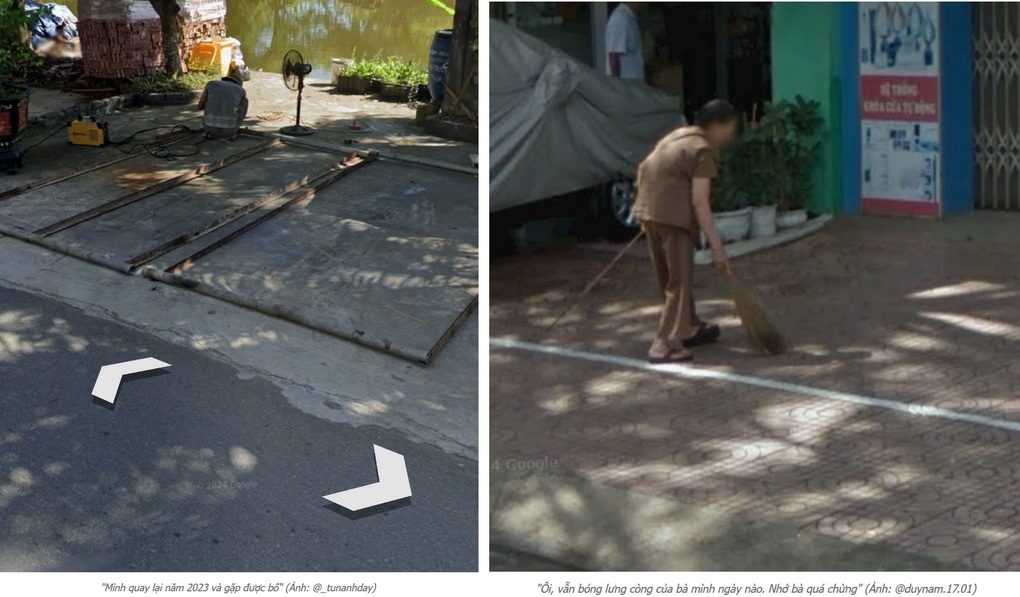
Many netizens have met their deceased relatives through a new feature on Google Maps (Screenshot).
Google Street View is a service integrated into Google Maps, in which the search giant uses a complex camera system mounted on its cars.
These cars will drive around and take pictures of the surrounding landscape. The images captured will then be stitched together to create a seamless streetscape system, allowing users to tour different cities around the world as if they were driving down the street.
Last April, Google added a new feature to Street View that allows users to view streets in historical time frames. This will help users see and compare the differences of the same location over time.
This feature was initially limited to users in some countries, but has recently been officially available in Vietnam.
Immediately after the new feature was available in Vietnam, many users used it to review images of their homes or familiar places in the past. Many users even met deceased people in images accidentally captured by Google Street View.
"Thanks to Google Maps, I met my father again, and saw my mother's hardships after he passed away to raise two children. Honestly, since my father passed away, I have not cried once, but now looking back at that thin back, tears just keep falling. It's been 7 years already...", a user shared the image of his father taken by Google Street View on social media.
Not all images are secure
Sharing with Dan Tri newspaper reporter, Mr. Vu Ngoc Son, Head of Technology and International Cooperation Department (National Cyber Security Association) said: “In principle, photos containing clear identification information will be blurred by Google to protect privacy, this is also a mandatory requirement so that Google does not get caught up in legal issues in the countries where they provide 360-degree street view services.
These photos have been collected by Google for many years, through vehicles with specialized cameras that collect them themselves or by collaborators. The collection of these images is entirely done by Google or the collaborators, so it is impossible to have the consent of all those who are directly “involuntarily involved” in the photos.

Mr. Vu Ngoc Son, Head of Technology and International Cooperation, National Cyber Security Association (Photo: NCA).
According to Mr. Vu Ngoc Son, there will be sensitive, private images leaked into the frames, although the algorithms have tried to cover faces or license plates, but with the shapes and spaces that appear, if they are acquaintances, they can still recognize them.
Not to mention situations where the algorithm does not fully recognize the face to cover, there may still be faces that are not covered.
Besides, if users actively post pictures (with blurred faces and license plates) to show off, another problem of information leakage will arise.
"The “owner” announcing the photos will inadvertently create a link between the unidentified (obscured) information and the identified information of the account owner showing this information.
From there, subjects can research and find information related to the account owner, the characteristics of the living or working area. This information can be used in impersonation scenarios, blackmail, and even fraud," Mr. Son added.
Therefore, users need to be very vigilant with new trends, especially trends in cyberspace. The information you post will always be recorded, analyzed and collected by search engines for personal information.
It is necessary to be proactive in order to prevent such information leaks. Personal information is a valuable asset, if it falls into the hands of others, it will cause unpredictable consequences.
In case you discover photos that contain your private information, you can use Google's reporting tool, circle the area that needs to be blurred and explain the reason, and send a request to Google to hide these images.
Source: https://dantri.com.vn/cong-nghe/trend-khoe-anh-tu-google-maps-chuyen-gia-canh-bao-lo-lot-thong-tin-ca-nhan-20250707155426669.htm



![[Photo] Many people eagerly await the preliminary review despite heavy rain](https://vphoto.vietnam.vn/thumb/1200x675/vietnam/resource/IMAGE/2025/8/27/4dc782c65c1244b196890448bafa9b69)
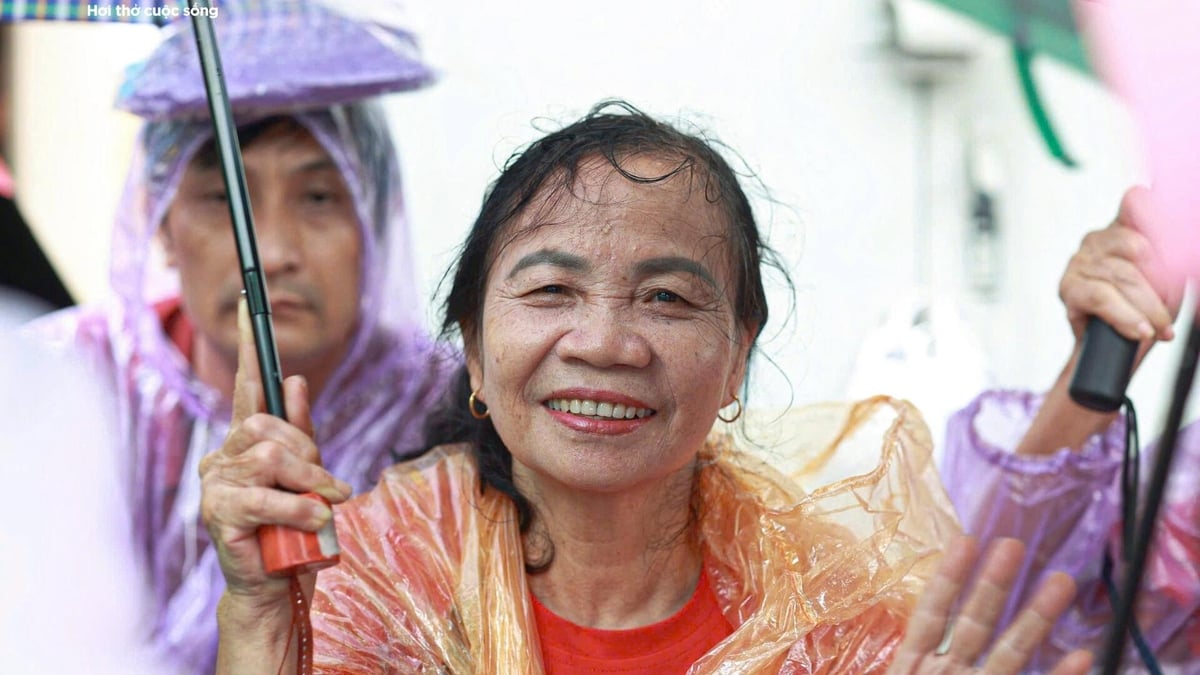

![[Photo] Prime Minister Pham Minh Chinh chairs meeting of National Steering Committee on International Integration](https://vphoto.vietnam.vn/thumb/1200x675/vietnam/resource/IMAGE/2025/8/26/9d34a506f9fb42ac90a48179fc89abb3)
![[Photo] Brilliant red of the exhibition 95 years of the Party Flag lighting the way before the opening](https://vphoto.vietnam.vn/thumb/1200x675/vietnam/resource/IMAGE/2025/8/27/e19d957d17f649648ca14ce6cc4d8dd4)



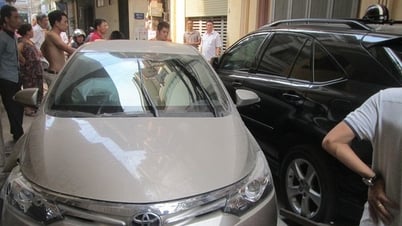

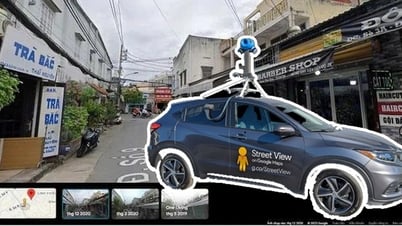
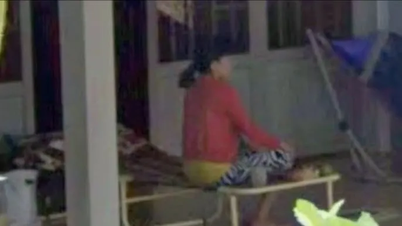

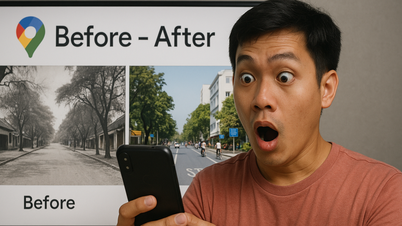

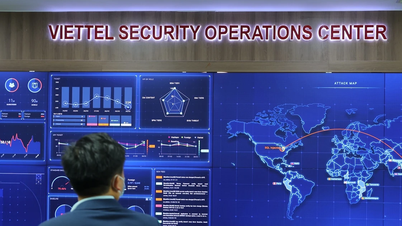

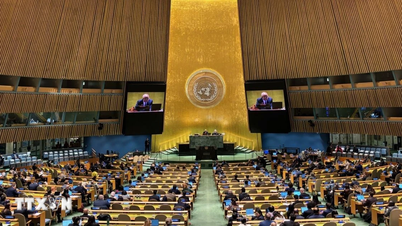












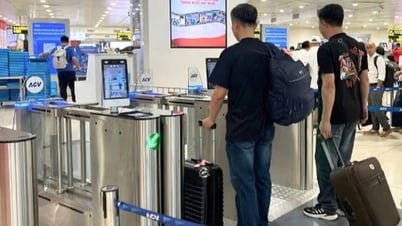



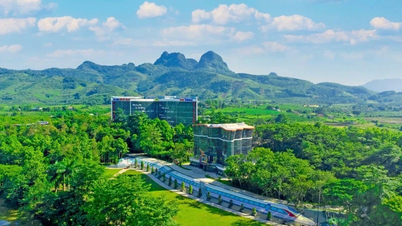

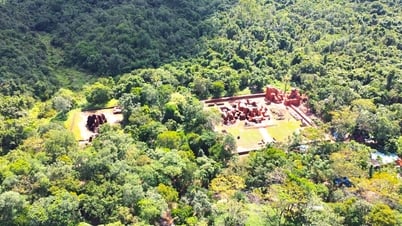

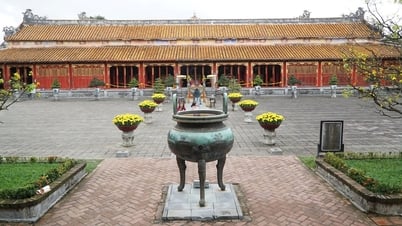

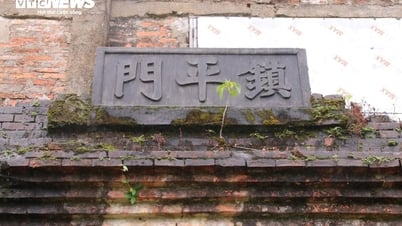


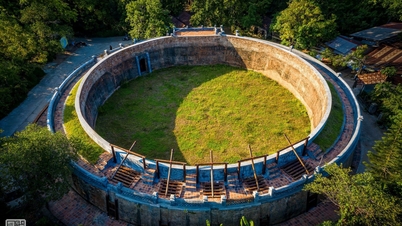


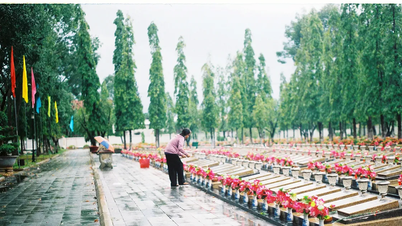















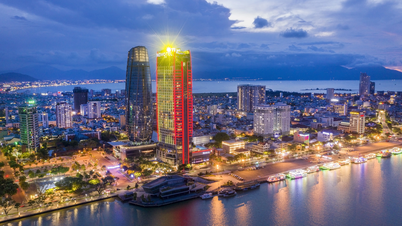

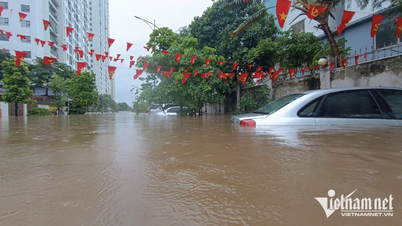
![[Photo] General Secretary To Lam attends Meeting with generations of National Assembly deputies](https://vphoto.vietnam.vn/thumb/402x226/vietnam/resource/IMAGE/2025/8/27/a79fc06e4aa744c9a4b7fa7dfef8a266)












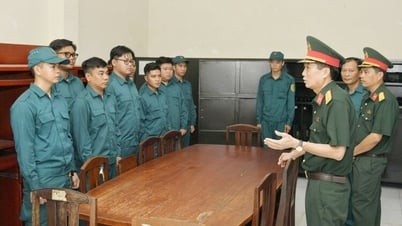



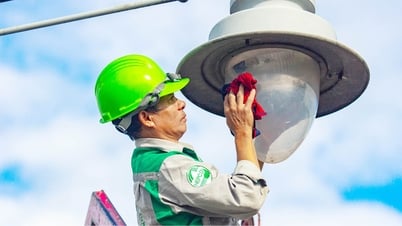







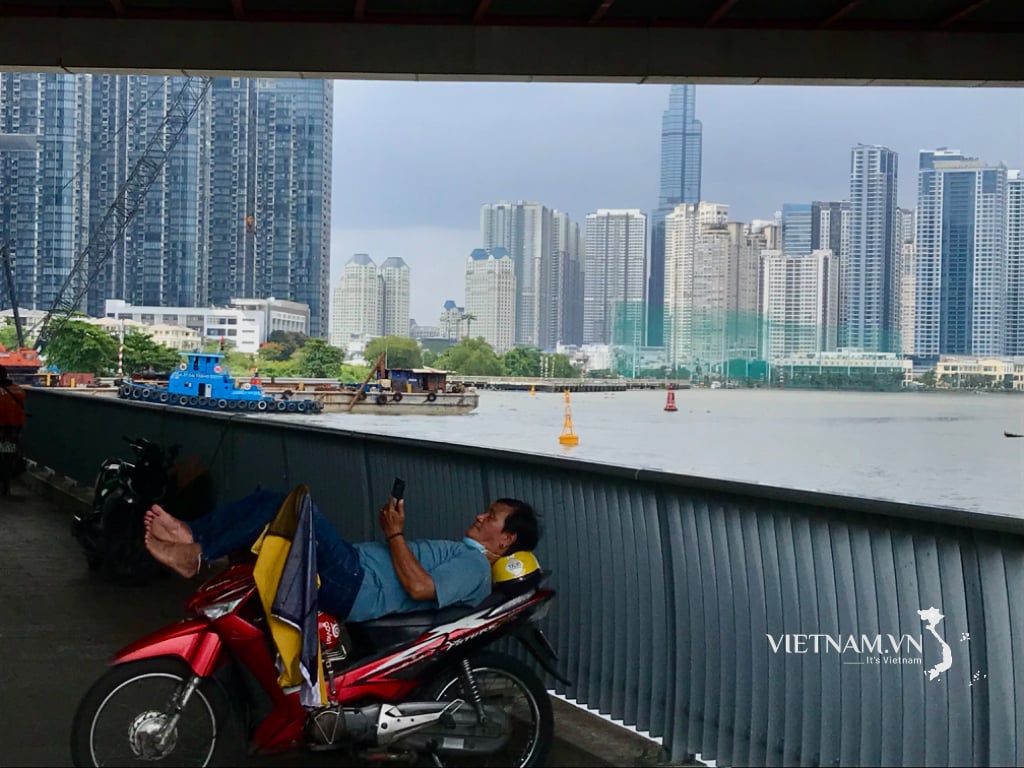



Comment (0)